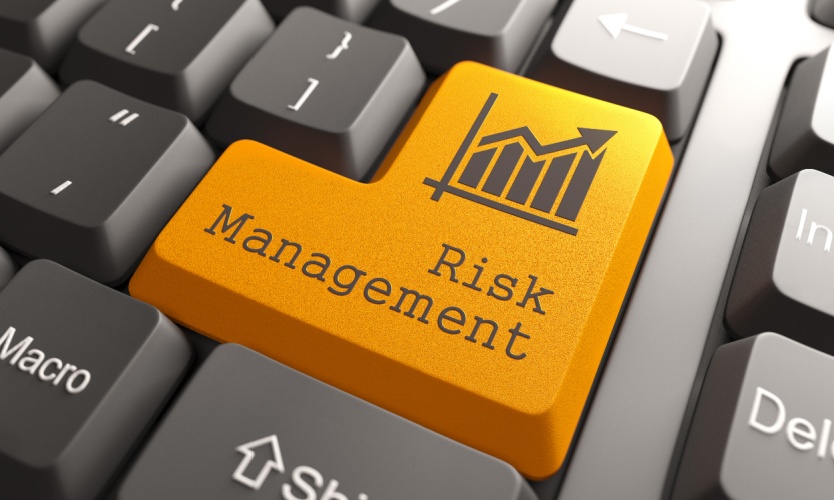Loss control investments in soft market pay off: Panel
- July 4, 2025
- Posted by: Web workers
- Category: Finance

CHICAGO — Companies that invest in loss control projects while property insurance premiums are falling will reap the benefit of the investments when the market turns, a panel of experts said Thursday.
Risk improvements can reduce premiums over the long term and ensure capacity is available when rates increase again, they said during a session of the Chicagoland Risk Forum, which is produced by the Chicago chapter of the Risk & Insurance Management Society.
Property insurance rates began rising sharply in 2018 but started to moderate last year and fell for some commercial policyholders.
Risk management initiatives should continue regardless of market conditions, said Lindsay Cavagnaro, Cincinnati-based senior risk manager at Base Camp.
If a catastrophe occurs, “I don’t have a lot of time to react if I have just been sitting enjoying the soft market. It’s feet on the gas and keep moving forward,” she said.
During the hard market, many policyholders had to significantly expand the number of insurers on their programs as underwriters pulled back capacity, said Austin Casel, Kansas City-based assistant vice president at Lockton.
In the softening market, companies with good-quality loss engineering reports are more likely to negotiate increased capacity from large insurers and reduce costs by cutting the number of insurers they deal with, he said.
While it can be difficult to assess a return on investment for loss control expenses, the measures often make risks more appealing to a wider range of insurers, he said.
“Creating a story around significant investment on a particular recommendation can oftentimes really drive ROI,” Mr. Casel said.
Insurers want to build sustainable relationships with policyholders so they can deploy capacity with them consistently, said Lindsay Hermann, Axa XL’s head of property, Central Region.
Increased capital expenditure during market lulls “allows us to keep up with supporting the capacity, using our resources, and collaborating more and more and coming together,” she said.



